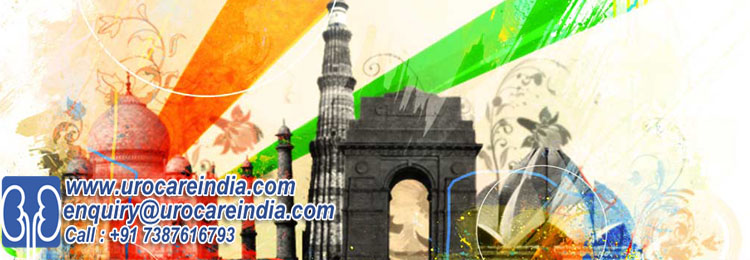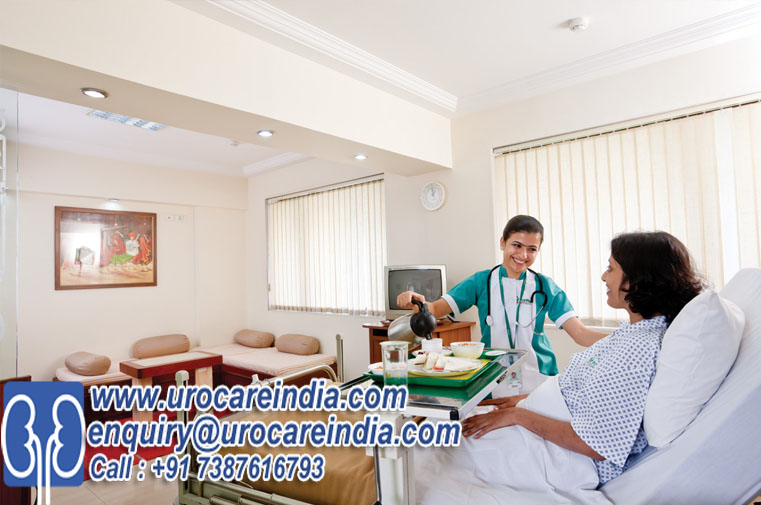In a globalised world it’s inevitable that people will travel abroad for medical treatment. India is well-placed to capitalise on this trend. It has world-class medical facilities and expertise in many areas, and treatment costs can start at about a tenth of comparable treatment in America or Britain. Even if one throws in airfare, it amounts to a good bargain. According to a McKinsey-CII study, medical tourism could generate as much as Rs 100 billion of revenue for India by 2012.
The notion that catering to foreigners and rich Indians at expensive medical facilities is going to take away from health care for the poor is entirely mistaken. These are private facilities whose clients pay for their services, which doesn’t prevent the government from setting up a first-rate public health system that takes care of everybody.
It’s wrong to look at medical care as a zero-sum game. If India makes a success of medical tourism that will build bigger capacities and draw more investment for the health sector. Indian doctors who routinely travel abroad to look for work will be tempted to stay back in India. Once the market signal goes out that there are more opportunities for doctors, nurses and trained medical personnel, more young people will opt for a career in these areas.
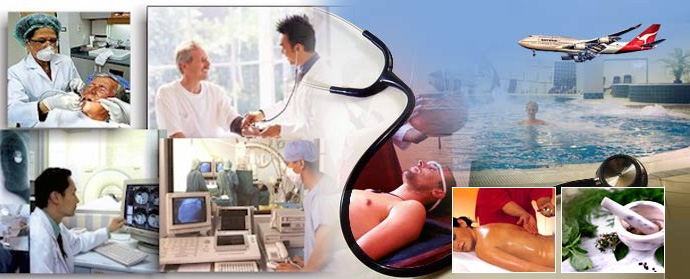
A booming health-care sector would also spawn research and development in medical technologies, therapies and drugs in India. The advantage of having a large medical R&D establishment is not only that it would boost India’s competitive pharmaceutical industry, but also that it would spur research into diseases — such as tuberculosis and malaria — that afflicted Indians more. If India’s economy grows by an additional Rs 100 billion that generates a bigger tax base, giving the government enough leeway to raise more revenue and invest it in public health. The government shouldn’t look this gift horse in the mouth.
Move from medical tourism to medicine
It is absurd that a country that cannot provide basic health to most of its citizens should try to be a hub for medical tourism. Multi-speciality hospitals will cut into public health, unless the government lays deliberate emphasis on the latter. Doctors will be weaned away from specialising in ailments that concern the masses at large, such as HIV/AIDS, tuberculosis, malaria and gynaecological disorders, to concerns that affect a section of people, such as obesity, plastic surgery and so on.
India’s growth story will mean very little, if it does not translate into improvement in life expectancy and control of killer diseases. For every 1,000 persons there is one hospital bed. Similarly, there is one doctor for nearly 1,700. This is all the more distressing, given the India’s health and morbidity indicators. TB claims 4,00,000 lives every year. Infant mortality and maternal mortality rates, at 54 per 1,000 live births and 301 for 1,00,000 live births, respectively, are higher than even developing country levels, while life expectancy remains a laggard at 63. With such a gross mismatch between demand and supply of health services, mass health care must be awarded top priority.
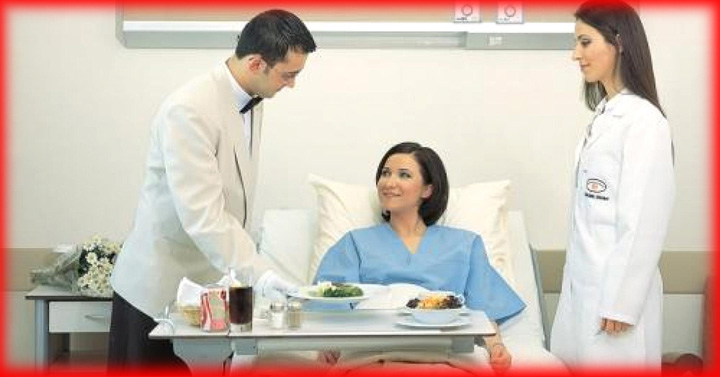
Private hospitals should provide a certain minimum number of free beds. As a case before the Delhi high court on this issue argued, private hospitals are given land at below market rates, if not free of charge, and are therefore bound by social obligations. It is in large measure due to the shortage of government hospitals that health spending has become a major cause of indebtedness. Medical tourism will accentuate the shortage. Per capita state spending on health happens to be lowest in less developed states, where, in fact, the demand for health services is acute. Annual health spending of the Centre and states, at 1.39 per cent of gross domestic product, is abysmal. The Centre and states should raise health expenditure at least by three times to about Rs 1,70,000 crore per annum before they focus on medical tourism.
Medical tourism or ‘Medical value tourism’?
Top-class Indian doctors, a good mix of nursing, customer care services and treatment cost estimated to be one-sixth in developing countries as compared to developed countries, the Indian corporate hospitals are witnessing an emerging trend!
If a by-pass surgery costs $40,000 – 50,000 in the U.S., few Indian hospitals such as the Krishna Heart and Super Specialty Institute in Ahmedabad have the wherewithal to do it in around 5,000 dollars. Similarly if a joint replacement surgery costs $30,000 in U.S., the same would be done by corporate hospitals in Ahmedabad at a roughly 6,500 dollars.
India, especially Ahmedabad is the most touted healthcare destination for countries like South-East Asia, Middle East, U.K., U.S., Africa and Tanzania. And the most sought-after specialties are cardiology, joint replacement, gastroenterology, plastic, cosmetic and laparoscopic surgeries.
“There are around 3.5 lakh people waiting for treatment under the National Health scheme of U.K. The lower level workers abroad are often not covered by insurance. Countries like Tanzania do not have good medical expertise and nursing care. All of this has led to Ahmedabad contributing
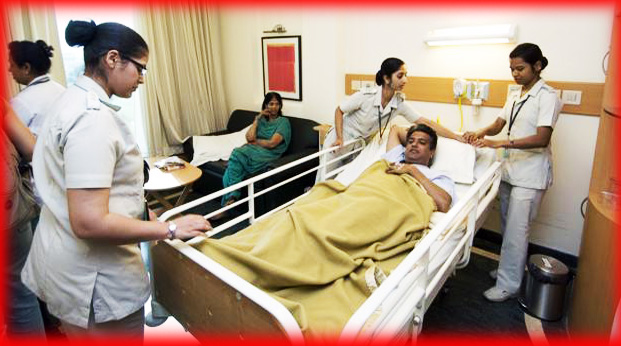
greatly to the medical tourism pie in the country,” says Dr.Animish Choksi, Joint MD, at Krishna Heart Institute, Ahmedabad. Expanding into Cardiology, Orthopedic Surgery, Laparoscopic and Gastroenterology, Plastic Surgery, Cancer Surgery, Neuro Surgery, Urology Treatment the institute comprises of 15% – 20% of NRI occupancy every month.
Low costs and prompt email communication convinced Gary Konkol to travel from Wisconsin to Ahmedabad for hip replacement therapy at Krishna. “A hip replacement surgery requires a lot of assurance for me to come to India and the treatment would have costed me six times more in U.S.,” says Konkol. More than costs, Konkol feels the efficient nursing standards of Indian hospitals are better than most of the U.S. hospitals. Hansaben Patani, who underwent a knee replacement surgery at Krishna from Tanzania, feels it was lack of good medical expertise that pushed her to come to India.
Which explains, what more can be done for importance of accreditation in medical tourism? “Right from airport pick-up, to providing wheelchair to relieving the patient from anxiety regarding cleanliness, nursing care and transparency in business transactions, it is all about adding value to customer satisfaction. So it is more about ‘medical value tourism’ than medical tourism only,” Dr. Choksi concludes.


